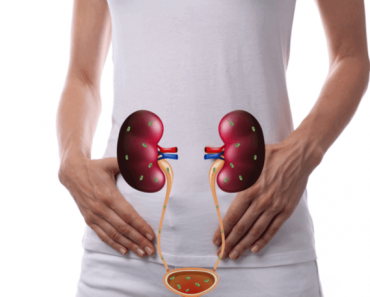
After the rigors of childbirth – whether naturally or a cesarean – your body needs to be rejuvenated to restore normal physiology, particularly the core and pelvic floor. Hence the absolute need for postnatal exercise. If you don’t or if it’s not done correctly you can leave yourself open to possible injury during exercise or post-pregnancy problems such as hip and back pain or problems with incontinence.
Postnatal exercise will help you:
• Restore the normal health of your body
• Improve energy levels
• Improve psychological wellbeing
• Help you get back in shape
• Minimise post-birth complaints
• Optimise future birthing experiences
When can you resume exercise?
Focus of exercise
Unless there have been complications and as long as you feel comfortable you can resume exercise within a few weeks. If you had a cesarean get your doctor’s clearance – after at least six weeks.
The focus of the postnatal exercise is on the rehabilitation of the core and pelvic floor. Naturally, all exercises should be gentle and very progressive.
The core and pelvic floor
After childbirth, it is an absolute must to restrengthen the pelvic floor and transverse abdomens – that support the spine and hips. This is very important to prevent hip and back pain, minimize problems with incontinence and prevent a puffy-looking tummy. You must strengthen the core before engaging in traditional exercise. If you don’t you may get an injury due to the lack of pelvic/lumbar stability.
Rectus abdomens diastases
This refers to the separation that occurs in the abs – the lineal Alba. You should not engage in sit-ups or planks to strengthen the abs and tone the tummy. Instead, the focus must be upon the deeper, core muscles mentioned above. Postnatal core exercises should be small and subtle with more of a physical feel than traditional exercises you would have done before baby.





